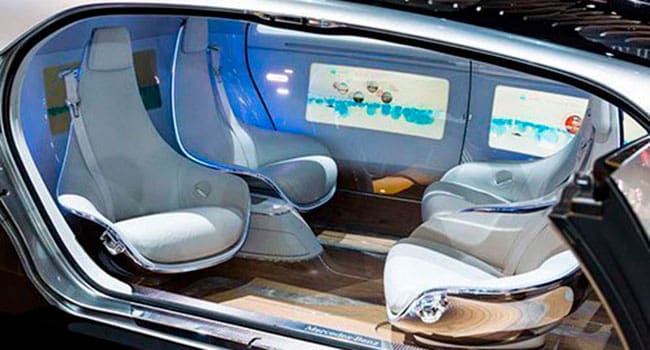 It’s time to start crafting legislation to govern self-driving vehicles in Canada.
It’s time to start crafting legislation to govern self-driving vehicles in Canada.
Many of the world’s leading automotive-related companies – Tesla, Uber, Honda, Toyota, Hyundai, Volvo, BMW, Volkswagen, Mercedes, Nissan, General Motors and Ford – and some other less common brands plan to release driverless cars or driverless systems in the near future.
The autonomous vehicle market is projected to reach approximately $87 billion in the United States alone by 2030.
The United Kingdom, New Zealand and the United States have already taken the lead with new autonomous vehicle legislation. Canada is merely moseying along.
The U.K. started working on a non-regulatory approach in 2015. This approach has no certifications, permits or bonding requirements. It identifies all regulations within the existing motor vehicle rules that are incompatible with autonomous vehicles. This approach also incorporates guidelines and non-compliance with those guidelines constitutes negligence.
The New Zealand government has adopted a quasi-regulatory approach. It uses standardized government guidelines and permits. In February 2016, the Ministry of Transportation issued guidelines for liability and indemnity insurance requirements, safety management plans and incident logs.
The pioneers of driverless legislation, the United States – in particular Nevada – have adopted regulatory approaches to driverless vehicles. Each state has its own framework, which makes for inconsistencies and confusion across the country.
But in early September, the U.S. Congress passed the Self-Drive Act. It’s designed to harmonize individual state legislation and ensure the safe deployment of self-driving cars. The act gives the National Highway Traffic Safety Administration (NHTSA) the ability to adapt federal safety standards and clarify federal and state roles regarding autonomous vehicles.
Loopholes in the new act have already been identified with respect to privacy policy. For example, information from your vehicle, like your driving habits, could be used for marketing or other purposes. So there are issues more complex than safety standards that need to be considered.
But at least those issues are on the table.
No so in Canada.
Transportation in Canada falls under provincial and territorial jurisdictions. Passing national harmonious regulations will be challenging and time consuming. But the federal and provincial governments haven’t even begun to seriously look at the issue.
The federal government budgeted only $7.3 million through 2016 and 2017 to improve motor vehicle safety. Of this, only a very minor amount is dedicated to autonomous vehicles. By contrast, the U.K. set aside $200 million in 2015 for research and development of driverless vehicle technology, along with supporting infrastructure for autonomous vehicles.
Canadian politicians need to realize that autonomous vehicles will be here soon.
Canadians need to ask themselves and their governments what type of approach is best: non-regulatory, quasi-regulatory or regulatory?
These decisions need to happen now or our governments may find themselves in the situation where “the lights are on but nobody’s home,” to quote the autonomous car KITT, from the 1980s Knight Rider TV series.
An evolutionary change in transportation is under way. Will Canada be ready?
Gerard Lucyshyn is the vice-president of research and a senior fellow at the think-tank Frontier Centre for Public Policy.
Gerard is a Troy Media Thought Leader. Why aren’t you?
The views, opinions and positions expressed by columnists and contributors are the author’s alone. They do not inherently or expressly reflect the views, opinions and/or positions of our publication.

